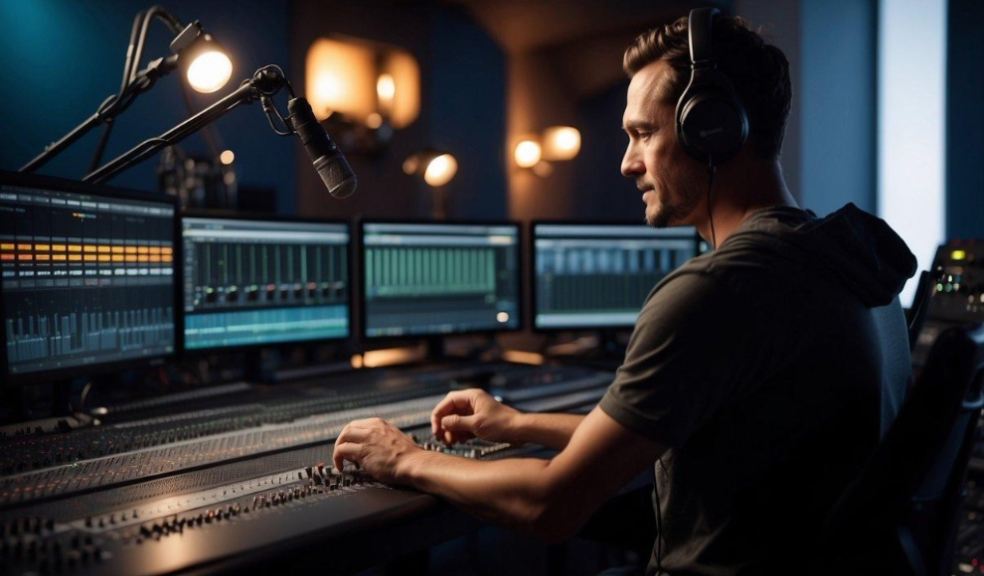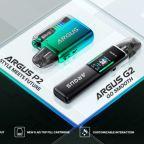
Advanced Studio Recording Techniques: Tips and Tricks for Professional Sound
Advanced Studio Recording Techniques is a topic that has garnered a lot of attention from music enthusiasts and professionals alike. It involves the use of advanced audio equipment and techniques in a Music Recording Studio to create high-quality recordings. This is a field that requires experience and expertise to master, and it is constantly evolving as new technologies are developed.
One of the ways that people can learn more about Advanced Studio Recording Techniques is through podcasts and other forms of content. There are many podcasts that cover this topic, and they have a loyal following of listeners who are always eager to learn more. These podcasts often feature interviews with experts in the field, as well as discussions about the latest trends and techniques.
For those who are serious about getting into the audio game, learning about Advanced Studio Recording Techniques is essential. With the right knowledge and skills, it is possible to create recordings that sound professional and polished. Whether you are a musician, a sound engineer, or just someone who is interested in the technical side of music production, this is a topic that is worth exploring.
Fundamentals of Acoustic Treatment
Acoustic treatment is an essential aspect of advanced studio recording techniques. It involves controlling the sound waves within a recording space to achieve optimal sound quality. By reducing unwanted echoes, reflections, and reverberations, acoustic treatment can help to create a balanced and accurate sound environment that is crucial in producing high-quality recordings.
Understanding Room Acoustics
The first step in implementing effective acoustic treatment is to understand the acoustics of the recording space. The size, shape, and materials of the room can all affect the way sound waves behave, leading to unwanted echoes and reflections. It is essential to identify and address these issues to create a recording space that is acoustically balanced.
Implementing Bass Traps and Acoustic Panels
Bass traps and acoustic panels are two of the most commonly used materials in advanced room treatment. Bass traps are designed to absorb low-frequency sound waves, which tend to build up in the corners of a room. Acoustic panels, on the other hand, are used to absorb mid and high-frequency sound waves and can be placed on walls, ceilings, and floors. By strategically placing bass traps and acoustic panels, it is possible to achieve a more balanced and accurate sound environment.
Minimising Reflections and Echoes
Unwanted reflections and echoes can distort the sound of a recording and make it difficult to achieve optimal sound quality. To minimise these issues, it is important to use materials that absorb sound waves, such as foam panels. Placing foam panels on walls, ceilings, and floors can help to reduce the amount of sound that bounces around the room, leading to a more accurate and balanced sound environment.
Microphone Techniques and Equipment
Selecting the Right Microphone
When it comes to advanced studio recording techniques, selecting the right microphone is crucial. A high-quality microphone can make all the difference in capturing the sound you want. There are two main types of microphones: dynamic and condenser.
Dynamic microphones are rugged and versatile, making them ideal for recording loud sources such as drums and electric guitars. They are also less expensive than condenser microphones.
Condenser microphones, on the other hand, are more sensitive and offer a wider frequency response, making them ideal for capturing subtle nuances in vocals and acoustic instruments. They are generally more expensive than dynamic microphones and require phantom power to operate.
Microphone Placement and Usage
Microphone placement is another important factor in achieving high-quality recordings. The placement of the microphone will depend on the sound source and the desired effect.
For example, placing the microphone close to the sound source will result in a more direct and intimate sound, while placing it further away will capture more of the room's ambience.
Cardioid microphones are commonly used in studio recordings as they capture sound from the front while rejecting sound from the sides and rear. This makes them ideal for recording vocals and solo instruments.
Recording and Editing for Clarity
When it comes to advanced studio recording techniques, capturing high-quality audio and editing it for enhanced sound is crucial. To achieve a clear final sound output, it is important to accurately record and edit the voice while minimizing background noise. In this section, we will explore some techniques for recording and editing for clarity.
Capturing High-Quality Audio
To capture high-quality audio, it is important to use the right recording equipment and techniques. A good microphone and recording software are essential for achieving a clear sound. The microphone should be positioned correctly, and the recording environment should be free from background noise and other distractions.
Editing Techniques for Enhanced Sound
Editing is an important part of the post-production process, and it can greatly enhance the final sound output. Some editing techniques for enhanced sound include removing unwanted noise, adjusting the volume levels, and equalizing the sound. By using these techniques, you can achieve a clean and professional-sounding final product.
Utilising Compression and EQ
Compression and equalization (EQ) are two important tools for achieving a clear and balanced sound. Compression helps to even out the volume levels of the recording, while EQ allows you to adjust the frequency levels to achieve a balanced sound. By using these tools effectively, you can create a final sound output that is both clear and professional.
Advanced Mixing and Mastering
Advanced mixing and mastering techniques can take a mix from good to great, creating a high-definition sonic experience that immerses the listener in the music. Here are some techniques to consider when aiming for a polished final product.
Creating Depth with Reverb and Stereo Effects
One way to create depth in a mix is by using reverb and stereo effects. Reverb can be used to create a sense of space, making a mix sound more natural and immersive. Stereo effects, such as panning and chorus, can add width to a mix, making it sound larger and more expansive.
When using reverb, it's important to consider the frequency content of the mix. High-frequency instruments, such as cymbals and vocals, benefit from shorter reverb times, while low-frequency instruments, such as bass and drums, benefit from longer reverb times.
Stereo effects can be used to create a sense of movement and space within a mix. Panning can be used to move instruments from left to right, creating a sense of width. Chorus can be used to create a sense of movement, adding depth to a mix.
The Art of Mastering for a Polished Final Product
Mastering is the final step in the music production process, and it's where a mix is polished to perfection. The goal of mastering is to create a cohesive, polished final product that sounds great on any system.
When mastering, it's important to consider the frequency content of the mix. The mastering engineer will use EQ to balance the frequency content, ensuring that the mix sounds great on any system. Compression can be used to add punch and clarity to a mix, while limiting can be used to ensure that the mix doesn't clip or distort.
Mastering is also where the final loudness of the mix is determined. The mastering engineer will use a combination of EQ, compression, and limiting to create a polished, cohesive final product that sounds great on any system.
By using advanced mixing and mastering techniques, a mix can be transformed into a high-definition sonic experience that immerses the listener in the music. Whether recording acoustic instruments, such as an acoustic guitar, or mixing an episode of a podcast, these techniques can help create a polished final product that sounds great on any system.













